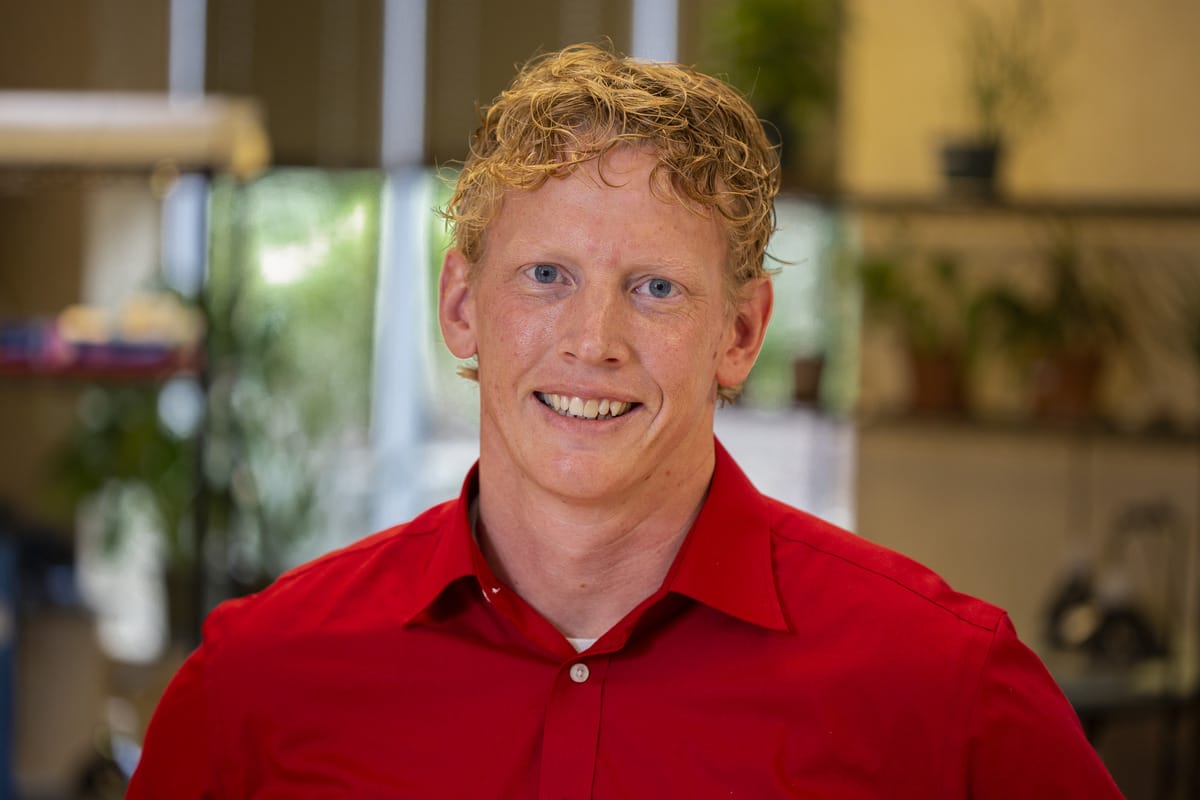Maria was flying high. She’d finished professional development workshops that inspired her to dive into project-based learning. She’d carefully planned and taught a project that integrated core academic content into a rich experience for her students—an experience that helped them make a difference in their community.
Not everything went perfectly, but she learned a lot and felt confident about her second PBL unit. She kicked it off with an incredible engager; kids went home talking about how pumped up they were to—
And then the world shut down.
Now Maria is worried. She’s got the passion; she’s got the know-how; she’s got the experience—and she’s got a nagging suspicion that PBL is dead.
After all, how can her students collaborate when they need social distance? How can learning be hands-on when kids have to keep their hands to themselves? How can we touch the lives of others when we can’t touch anyone at all?
Maria’s concerns are valid. But with the right approach, she can do more than overcome—she can thrive. Here’s how the post-pandemic world creates more opportunities than obstacles for proponents of PBL.
The Tools
You are not the teacher you were when the lockdown began. You’ve adapted, and in the process you’ve expanded your toolkit. You’re a Google Classroom pro. You know a thing or two about teleconferencing. You’ve created new content on new platforms. You’ve dipped your toes into Flipgrid or Seesaw or Pear Deck. In short, you’re superpowered.
With great power comes great possibility; now is the time to use those superpowers to supercharge your teaching!
Consider ways to flip your classroom. Traditionally, schools have delivered content in person, then asked students to complete homework to apply their understanding. In the flipped classroom, content is delivered at home and application conducted with the guidance of the teacher. This can be a more efficient and effective way to structure learning—but who has time to figure out how to pull it off?
Well, for the last few weeks, you’ve been doing everything online. So think about things that have worked pretty well. What lower-level learning can students do well at home? Make that your new homework, and free up your class time for the things that become richer in person: collaboration and conferencing, friendship and connection, building and making and creating. In short—PBL.
How else might you apply the new skills you’ve acquired to make your classroom time more meaningful?
The Quake
Inertia is the most cumbersome obstacle to change. But now, we’re all used to shaking things up. Sure, some principals might rush to retreat to the familiar—but all of them have newfound experience thinking flexibly about ways to meet student needs. Especially if schools have new guidelines and new requirements, this fall will be a perfect time to experiment. So if you want to move toward a world where students apply their learning to complete powerful projects that empower them to make a real impact on their community, now is your time to speak up and advocate for change.
So, how can you help steer your school in wise directions this fall?
The Walls
But what about the obstacles? What if students have to be six feet apart? What if they only come for half a day, or on alternate days? What if things are weird and different?
Look closely at the problems and you’ll notice that they’re inessential. The impediments do not corrode the essence of PBL. Collaboration is about sharing ideas, and ideas can travel well over six feet. Smaller classes of students? That’s a plus for PBL! We want students to solve challenges creatively—and if one of those challenges involves disinfection, so much the better.
Maria
If you’re in Maria’s situation—if you’re fired up about PBL, but concerned about whether it fits into our brave new world—remember that you and your students are smart, capable, and adaptive. You have tools you never had before. You have an opportunity to shake things up, and you can work together to overcome your challenges. Not coincidentally, that’s what PBL is all about.

